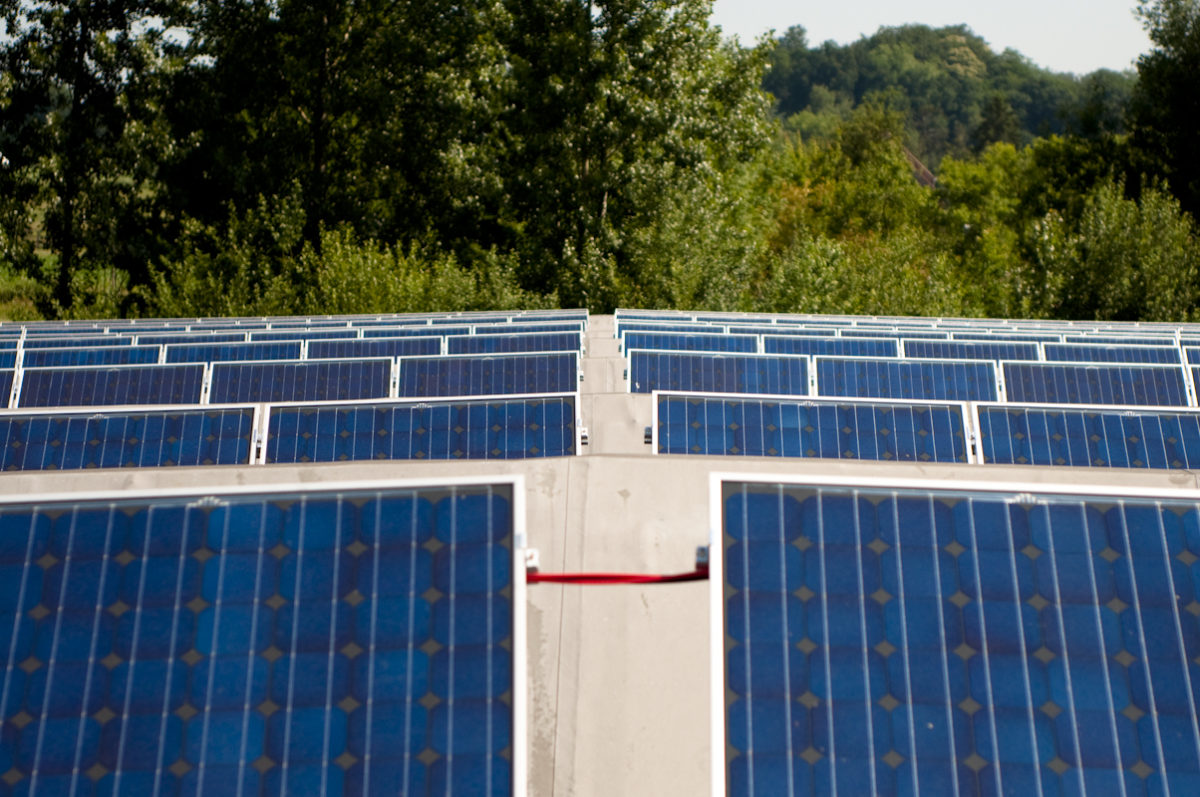The energy regulator of the Belgian region of Wallonia, CWaPE, has issued a document on the development of the Qualiwatt incentive program for residential PV systems up to 10 kW, in which warns the regional government against the risks of an abrupt closing of the scheme.
The regulator said that the absence of an incentive could result in the lack of a guarantee of the quality of the installations, and the installers’ skills. Furthermore, the regulator went on to say, the psychological effect on potential future solar power producers may be negative. The traceablity systems of the installations could also be negatively impacted.
In late November, Wallonia’s energy minister Jean-Luc Crucke said the Qualiwatt program could be closed, as self-consumption is now proving itself more profitable in Belgium, especially in the Flemish-speaking region of Flanders, where, despite the fact no public incentives are currently being granted, residential and commercial PV are experiencing robust growth.
The Qualiwatt allows owners of residential PV systems to receive deductions on their electricity bills proportionate to household income. For the first half of 2018, the deduction is expected to range from €96.9 per kW installed to €147.8 per kW, depending on the energy provider.
The CWaPE reviews the incentive level periodically and changes the tariffs depending on how the local PV market has developed, also taking into account solar panel prices.
According to the CWaPE, the current level of the incentives is planned to ensure an investment return in eight years, and a 5% profitability rate (6.5% for homeowners with low-income) for a 3 kW system.
The regulator specified that around 90 MW of PV capacity was installed under the Qualiwatt program as of the end of June 2017. Overall, 15,930 installations with an average power of 5.7 kW were connected to the grid in the region under the program.
Wallonia reached a cumulative installed solar power of 916 MW at the end of 2016, according to provisional numbers released by Belgian renewable energy association Apere. Most of the region’s PV capacity comes from residential PV installation not exceeding in size 10 kW under the expired incentive green certificate scheme Solwatt, which the Qualiwatt scheme replaced in 2014.
This content is protected by copyright and may not be reused. If you want to cooperate with us and would like to reuse some of our content, please contact: editors@pv-magazine.com.




By submitting this form you agree to pv magazine using your data for the purposes of publishing your comment.
Your personal data will only be disclosed or otherwise transmitted to third parties for the purposes of spam filtering or if this is necessary for technical maintenance of the website. Any other transfer to third parties will not take place unless this is justified on the basis of applicable data protection regulations or if pv magazine is legally obliged to do so.
You may revoke this consent at any time with effect for the future, in which case your personal data will be deleted immediately. Otherwise, your data will be deleted if pv magazine has processed your request or the purpose of data storage is fulfilled.
Further information on data privacy can be found in our Data Protection Policy.